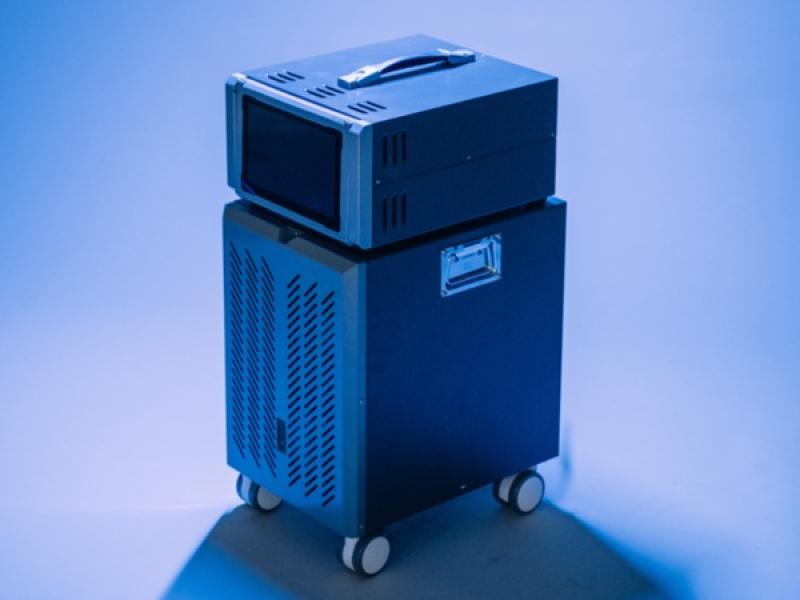
In early 2022, the federal government released the 2030 Emissions Reduction Plan, signalling the importance of the building industry in helping Canada reach its emissions targets by 2050.
This initiative, imposed by the government’s climate accountability law, outlines how the Government of Canada would improve its fight against climate change to “bring sustainable, lasting economic prosperity to Canada.”
Among the various tactics outlined in the report, new policies, programs and incentives would be introduced to encourage existing buildings — and new construction — to reach the highest zero carbon standards. With this included in the reduction plan, it’s evident that sustainability will need to become a top priority for development and construction.
To make sustainability an essential objective within these industries, several challenges must be faced.
In 2022, we saw cost increases; rising interest rates, with targets reaching 4.25 per cent in December; supply chain issues that made it difficult to receive building materials; and environmental shifts bringing climatic events which impacted project timelines. In order to prioritize sustainability as we move through 2023, the learnings and progress from the past year will help shape future sustainable goals for developers.
Creating solutions amid challenges
One of the biggest challenges facing developers in 2022 was the continual supply chain delays and cost increases. According to the Altus Group’s 2022 Canadian Cost Guide, the average cost for hybrid condominium construction up to six storeys in Vancouver saw a high of $340 per square foot last year, compared to a low of $225 per square foot; up from a low of $220 and a high of $330 in 2021.
This cost increase made it especially challenging for companies to source, build, and complete projects on time while prioritizing sustainable goals. To make matters worse, construction sites in British Columbia faced climatic events, including a heat wave followed by atmospheric rivers.
For Adera Development, 2022 was a year for staying nimble. Issues like supply chain shortages required patience. We learned to source comparable items that were available and in stock and by ensuring materials are ordered with sufficient lead time to change if necessary.
As climatic events become more frequent, we have incorporated solutions, like having potable water on-site during high temperatures and buttoning down buildings ahead of bad windstorms, into our building practices. In 2023, our sustainable goals remain salient features of our business.
Finding ways to stay true to company core values
With the challenges seen in 2022, it can be difficult for companies to prioritize sustainable growth. As I mentioned in my last article, when project costs begin to escalate, and financial savings become the main priority, sustainable initiatives are often the first items cut from the list.
With the government’s net-zero 2050 targets in place, this pattern can’t continue. Developers must place sustainability as a key pillar in their company values, even amidst the ongoing challenges. The Canadian Construction Association (CCA) commented that 2020 may have been a year of resilience, but 2021 rooted us in a new normal, and it’s evident that this theme continued into 2022.
Adera realized that supply chain disruptions, rising interest rates and extreme weather conditions would be the ‘new normal,’ so it
was paramount these factors didn’t disrupt our value of sustainability. We felt that it was our role to show other developers how we do this by stepping in and raising awareness of our primary sustainable initiative, mass timber.
All of Adera’s residential buildings that came to market in 2022 are targeting Fitwel certification, the world's leading health and wellness certification; this was a first for us. As we navigate 2023, we will continue to focus on practices that align with our values, with recurring industry challenges likely here to stay.
Seeking sustainable options for construction and development
Throughout 2022, sustainable trends emerged within the development and construction spaces as consumers prioritized investing in alignment with their values. Many of these initiatives start at the building material level and move outwards, even looking at how buildings can foster more sustainable living for residents.
For example, developers began looking at sustainable concrete, like Holcim’s low-carbon concrete, which uses 90 per cent lower carbon dioxide emissions when compared to standard concrete.
FortisBC has also been exploring how to utilize renewable natural gas, which costs an additional $3 a month per average household while reducing greenhouse gas emissions.
Cross-laminated mass timber used in Adera’s proprietary building material, SmartWood, is a sustainable resource, carbon negative, and uses wood exclusively from sustainably managed forests.
In 2022, developers have also been paying closer attention to transit-oriented projects. Residential projects, including Adera's SõL and Duet Cityhomes, were strategically situated near Burquitlam’s transit hub to give homeowners the opportunity to go car-free or car-light.
Developers also must consider the appliances included in homes, as consumers are becoming increasingly aware of how their water
usage, heating, and energy-consumption impact the environment.
Many companies are leading the way in sustainable development, with trend-setting homes and institutions making the Dezeen Awards’ 2022 top sustainable projects. Buildings, including the Natural Pavillion, Floating Office, and The Exploded View Beyond Building, were all completed in the Netherlands, showcasing key trends and what the future could look like for companies that place
sustainability at the forefront.
It became clear in 2022 that developers have a role to play as Canada strives to hit net-zero emissions by 2050. With ongoing cost increases, supply chain issues, climatic events, and rising interest rates, companies need to be nimble and think of alternative solutions to keep projects on track and prioritize sustainability. However, this can’t happen without placing sustainability as a core value and understanding that these challenges are becoming the industry’s ‘new normal.’
Developers must reframe challenges as opportunities to pivot and allocate more time to researching the sustainable initiatives that
make sense for them.










